Gansu, often abbreviated as “Gan” or “Long,” is located in northwestern China. It served as a vital corridor along the ancient Silk Road. The provincial capital, Lanzhou, is uniquely built around the Yellow River—the only Chinese provincial capital with the river flowing through its downtown.
The region features diverse landscapes: from loess plateaus and deserts to lush oases and snow-capped mountains. It’s also one of the cradles of Chinese civilization. Historic treasures like the Mogao Caves and Maijishan Grottoes tell stories that date back thousands of years. Today, Gansu draws travelers who seek cultural depth and natural beauty in China’s west.
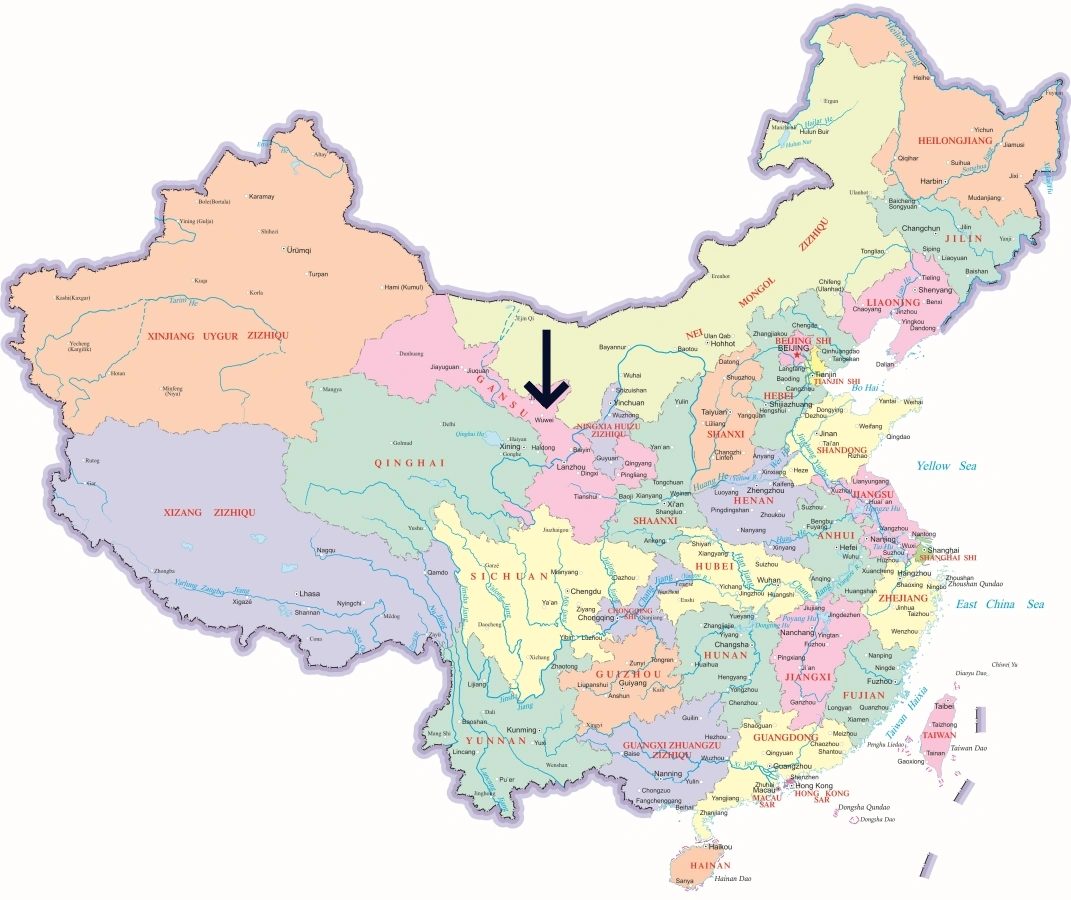
Gansu is divided into 12 prefecture-level divisions—10 cities and 2 autonomous prefectures. Each city has its own history, ethnic identity, and natural character. Whether you’re into ancient ruins, ethnic minority culture, or dramatic landscapes, you’ll find plenty to explore here.
While Lanzhou, Dunhuang, Jiayuguan, and Zhangye are the most well-known destinations, cities like Tianshui, Wuwei, Jiuquan, Pingliang, Qingyang, and Longnan are also worth visiting.
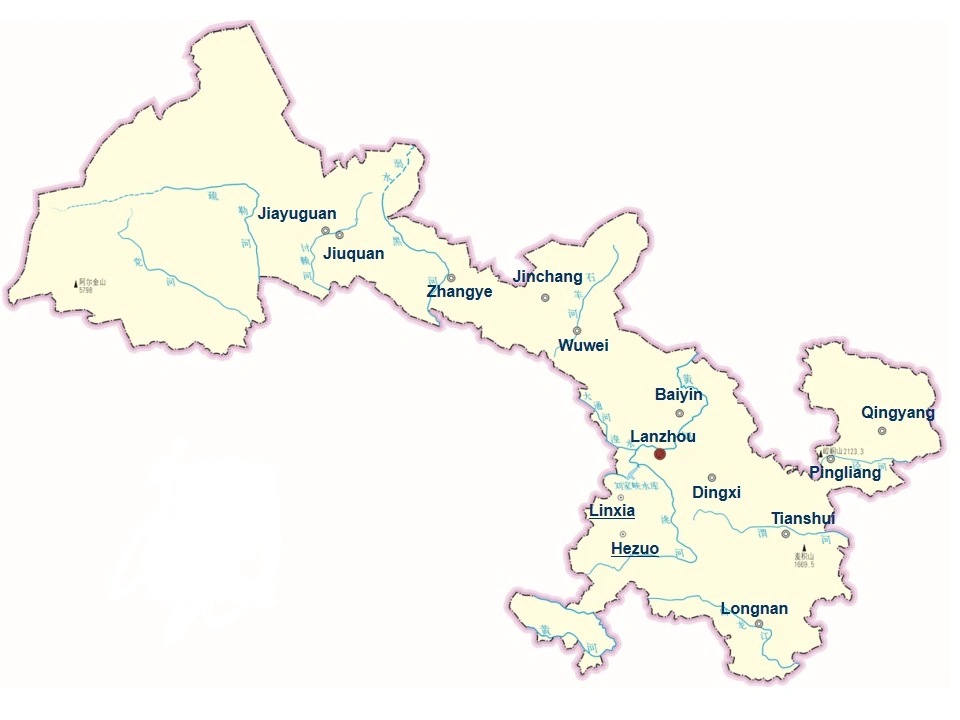
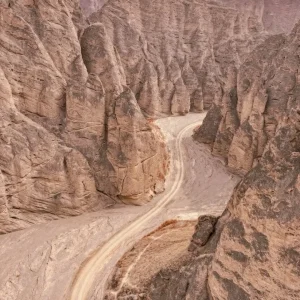
Capital of Gansu, famous for its location along the Yellow River. Landmarks like Zhongshan Bridge, White Pagoda Mountain, and Waterwheel Park make it a scenic and cultural stop. It's also a major hub for entering Western China.
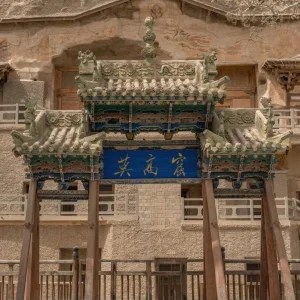
A legendary Silk Road outpost known for the Mogao Caves, Mingsha Sand Dunes, and Crescent Lake. Its Buddhist heritage and desert landscapes create a truly unique travel experience.
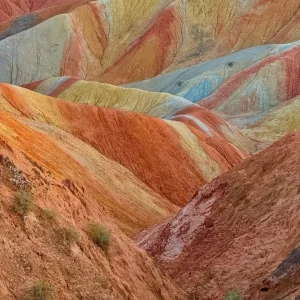
Home to the famous Rainbow Mountains (Zhangye Danxia). The city also features historical sites like the Giant Buddha Temple and remains of the ancient Blackwater Kingdom.
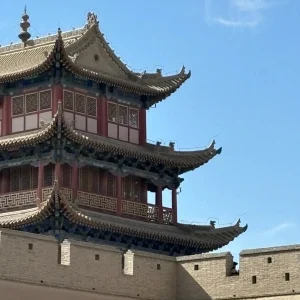
Located at the western end of the Great Wall, Jiayuguan Fort is an architectural marvel. Other must-sees include the Overhanging Great Wall and the First Beacon Tower of the Ming Dynasty.
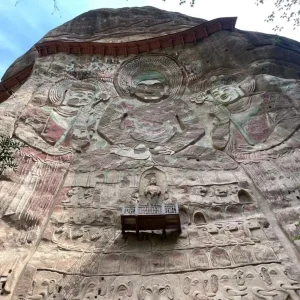
An ancient city often called the hometown of Fuxi, one of China's mythological ancestors. The Maijishan Grottoes are a standout, featuring stunning cliffside Buddhist sculptures.
Gansu combines dramatic scenery with historical depth. It’s a top destination for Silk Road tours, adventure travel, and religious heritage routes. From towering desert dunes to ancient temples carved in stone, there’s something for every type of traveler.
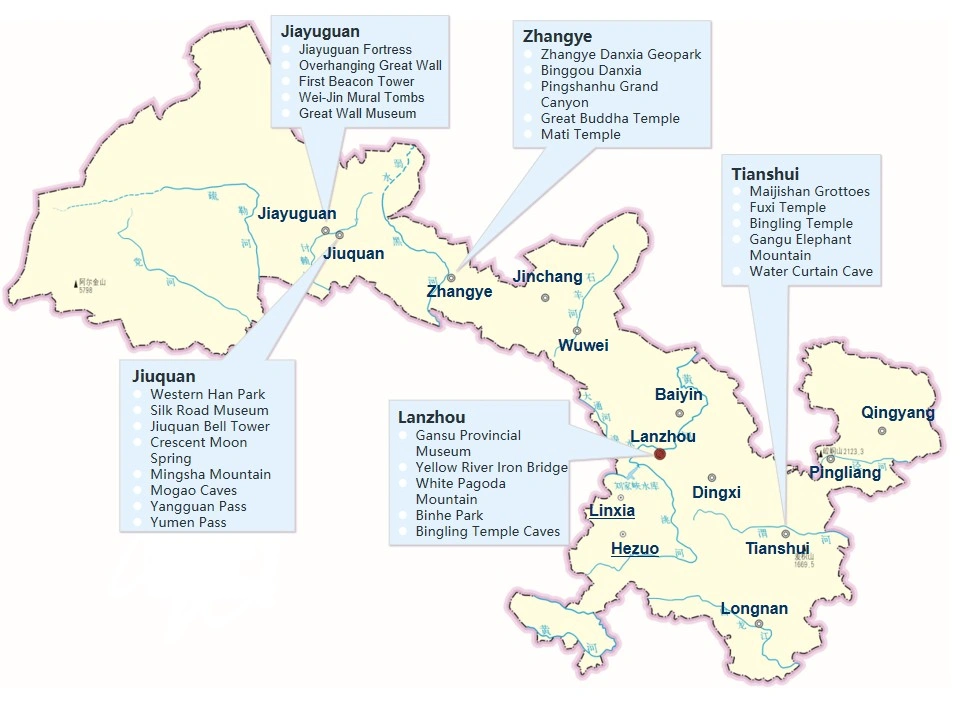
-300x300.webp)
A UNESCO World Heritage Site and one of China’s four great grottoes. The caves are filled with Buddhist murals and statues, earning it the nickname “the Louvre of the East.”
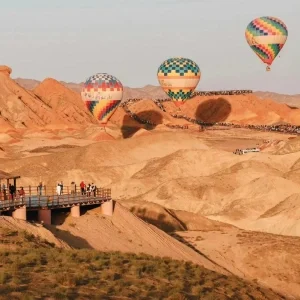
Known for its vibrant, rainbow-colored mountains, this unique landscape draws photographers and nature lovers from around the world. Sunrise and sunset offer the best views.
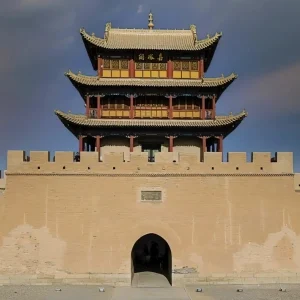
The western starting point of the Ming Great Wall. The structure and its surroundings showcase ancient military architecture and desert beauty.
-300x300.webp)
A surreal oasis nestled among towering sand dunes. Popular activities include camel rides, dune sledding, and sunset photography.
-300x300.webp)
One of China’s four great Buddhist grotto sites. Perched on a sheer cliff, it features clay sculptures and religious art that span dynasties.
-300x300.webp)
One of the six great monasteries of Tibetan Buddhism’s Gelug school. Visitors can walk the world’s longest prayer corridor and experience authentic Tibetan culture.
Gansu’s food blends the hearty flavors of the northwest with Muslim and Tibetan influences. Expect plenty of noodles, mutton, spices, and bold broths. The cuisine is flavorful, often spicy or sour, and reflects the province’s diverse ethnic makeup.
-300x300.webp)
This iconic dish features hand-pulled noodles in clear broth with sliced beef, chili oil, and herbs. It’s Gansu’s most famous culinary export.
-300x300.webp)
Made with fermented vegetable broth, this refreshing noodle dish is a local favorite during the summer.
-300x300.webp)
A cool dessert made from fermented barley or rice. Often enjoyed during festivals in Tibetan and Hui areas.
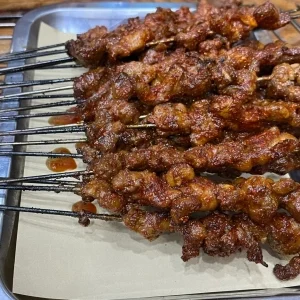
Served across the province, these skewers are seasoned with cumin and chili flakes. Best enjoyed fresh off the grill on a bustling street corner.
-300x300.webp)
A specialty featuring rich broth and yellow noodles topped with tender donkey meat and spicy oil.
-300x300.webp)
A warm, smooth pea porridge found on Lanzhou’s winter street stalls. It’s simple but satisfying.
Gansu covers about 425,000 square kilometers and has a population of roughly 25 million. Here’s a breakdown of major cities by size and population:
Note: These are estimates based on 2023 data and may slightly vary.
Gansu has a dry, continental climate with low rainfall and significant temperature swings between day and night. Northern areas like Jiayuguan are colder and drier, while southern cities like Longnan are relatively humid. Here’s a month-by-month guide:
Best travel seasons are late spring (May–June) and autumn (September–October). The weather is comfortable, and the landscapes are at their most vibrant.
Here are the key postal and telephone area codes for major Gansu cities:
